You can’t fully appreciate the magnificence of Angkor if you just stop by for a moment and then leave. That’s why I spent a whole day at Angkor, from before the sun rose until the weak rays of light gradually faded, to be able to fully embrace the mystical beauty of the structure considered the symbol of Cambodia.

Many tourists flocked to see the Angkor sunrise with their own eyes.
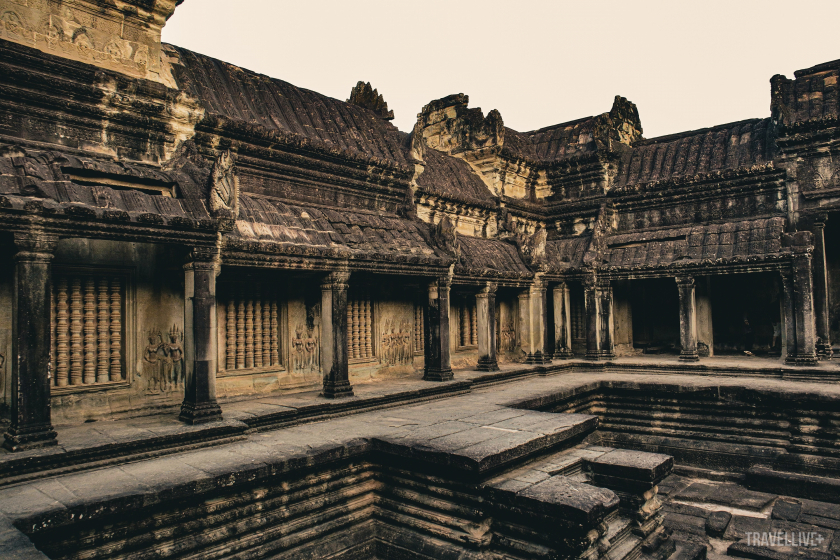
Angkor Wat in the gentle sunlight of an early spring morning
Angkor Wat was built by the Khmer King Suryavarman II in the early 12th century. It was originally built as a Hindu temple for the Khmer Empire, and gradually became a Buddhist temple in the late 12th century. The best preserved temple in the region, Angkor Wat is the only one to have retained its religious status. The temple is the pinnacle of Khmer architecture.
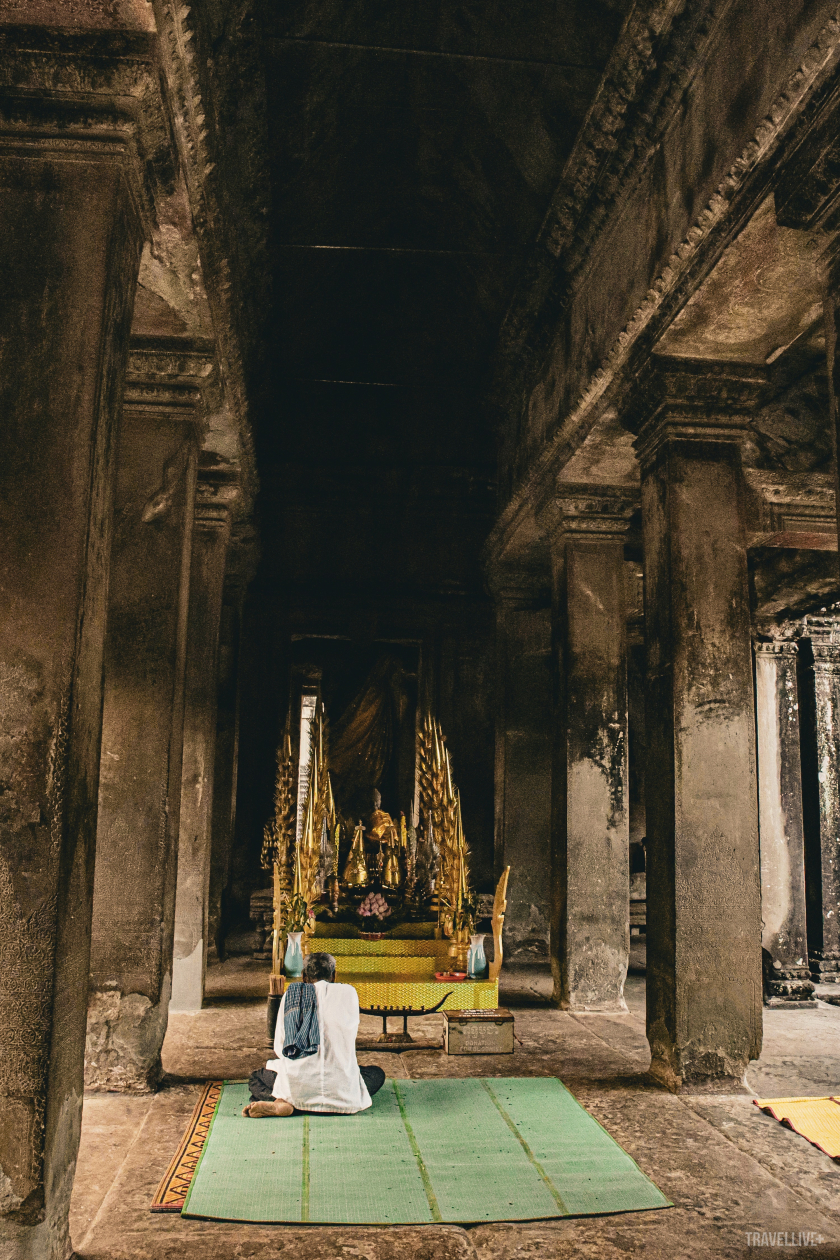
Angkor Wat is today an important pilgrimage site for people in the Buddhist country of Cambodia.
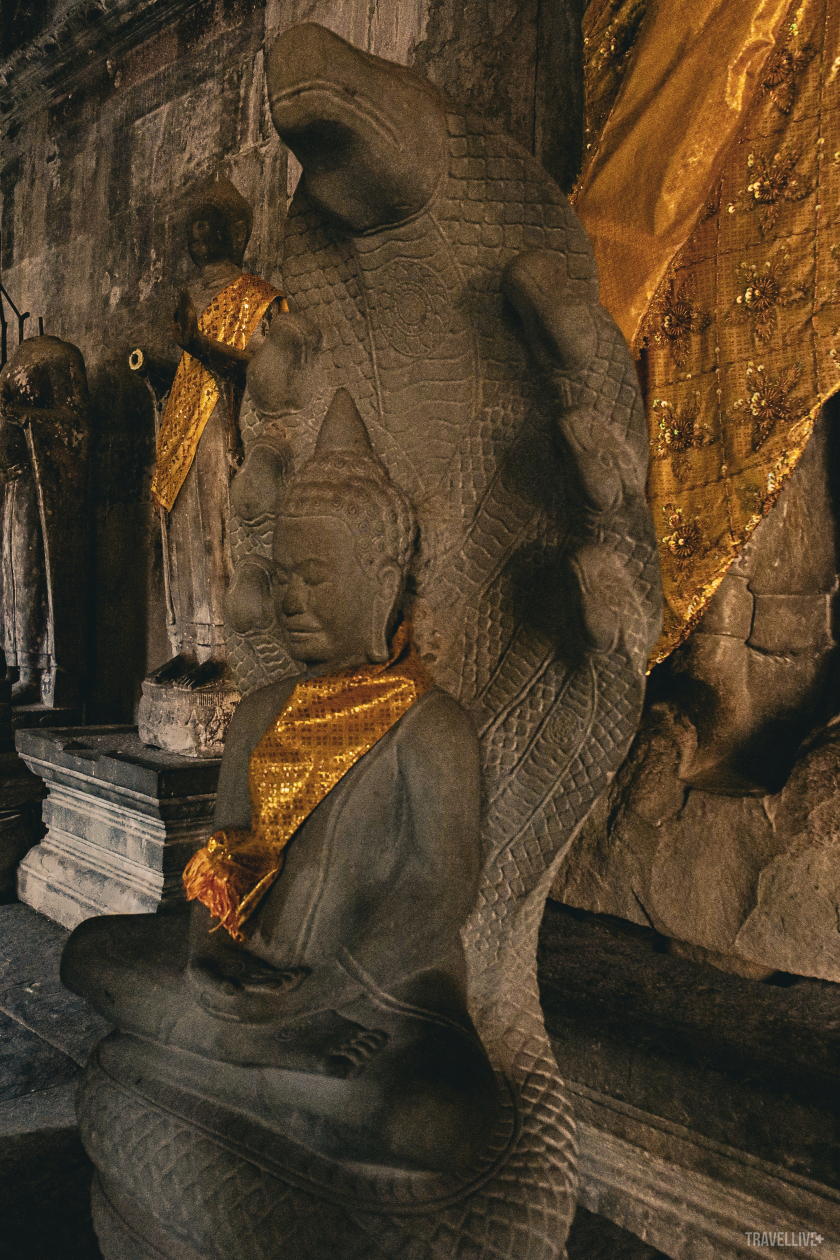
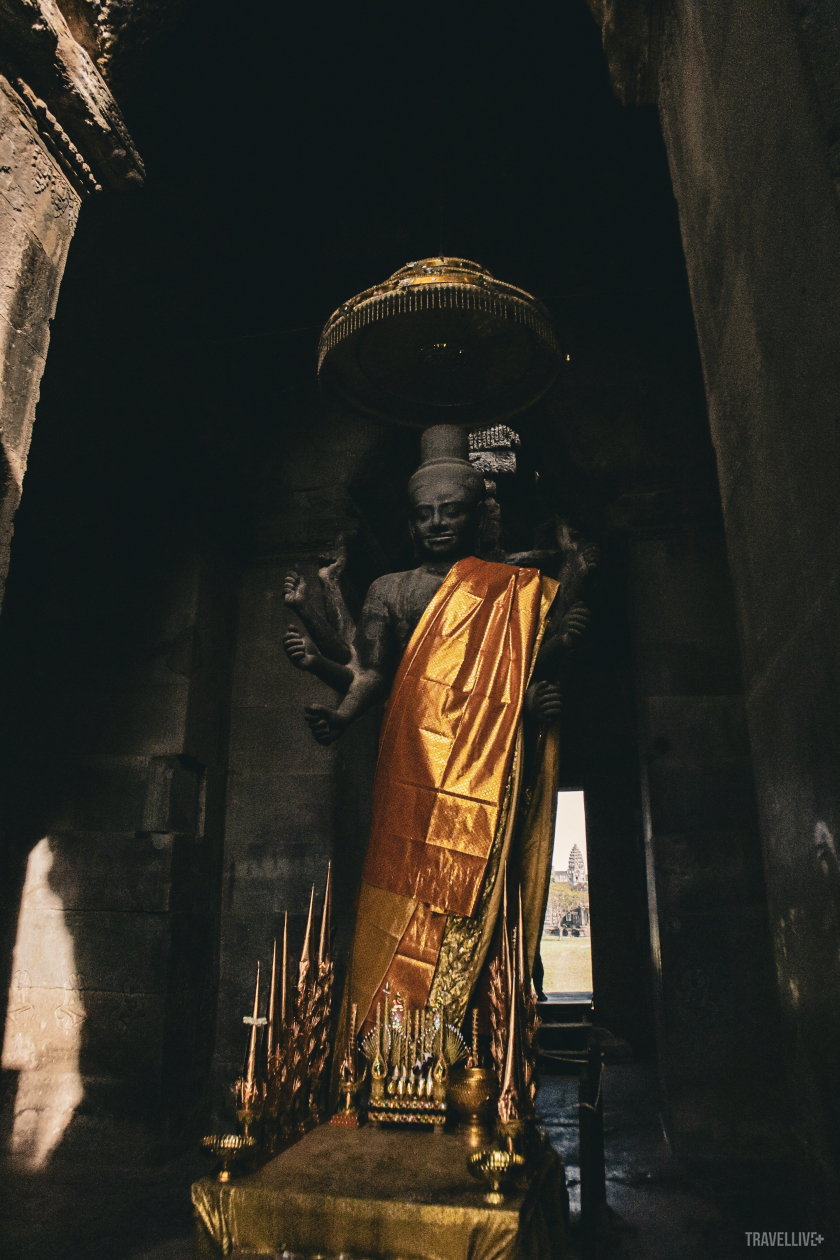
Sacred Buddha statues in the magical space here

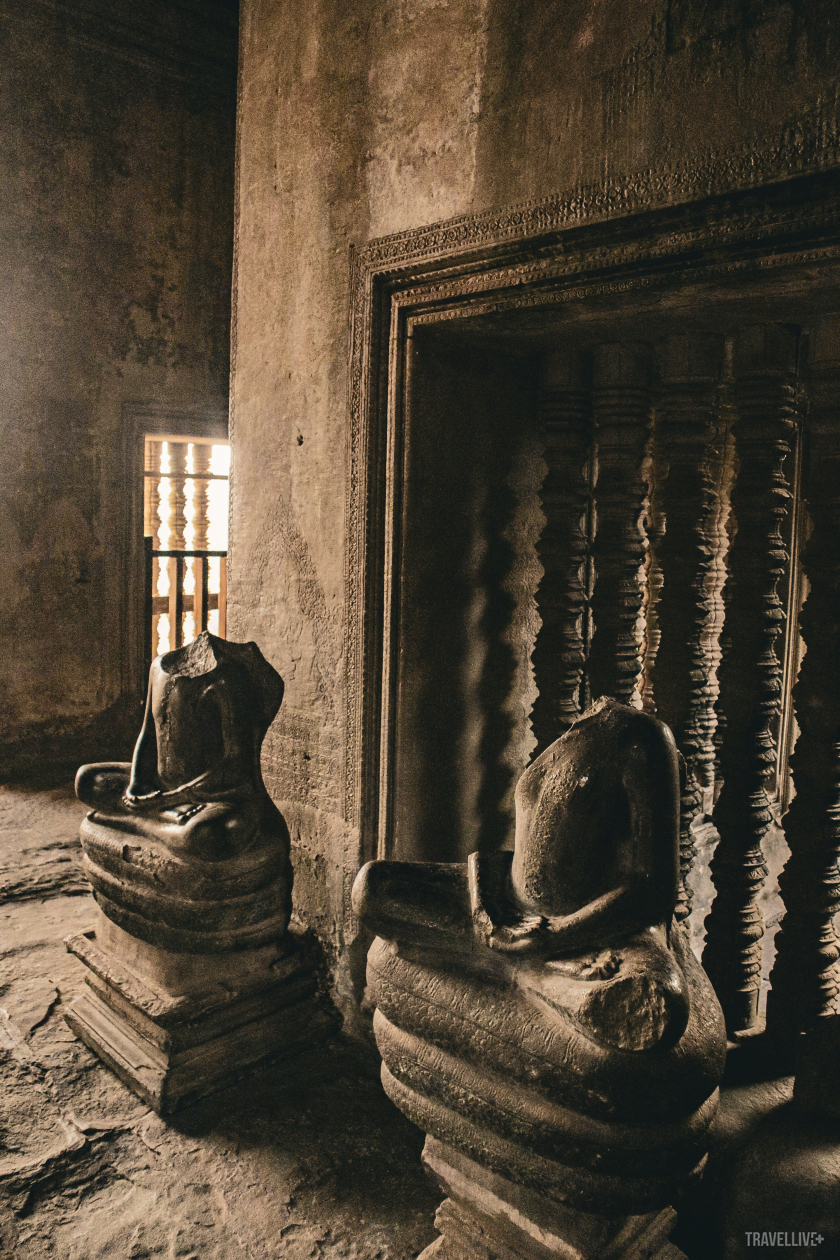
Besides, there are also statues destroyed due to socio-political reasons during the civil war in Cambodia.

A special moment inside Angkor Wat
Angkor Wat combines two basic features of Khmer architecture: the temple-mountain architecture and the long, narrow corridors. This architecture symbolizes Mount Meru, the home of the gods in Hindu mythology: between a moat and a 3.6 km long wall is a three-story rectangular main hall, connected by deep corridors.
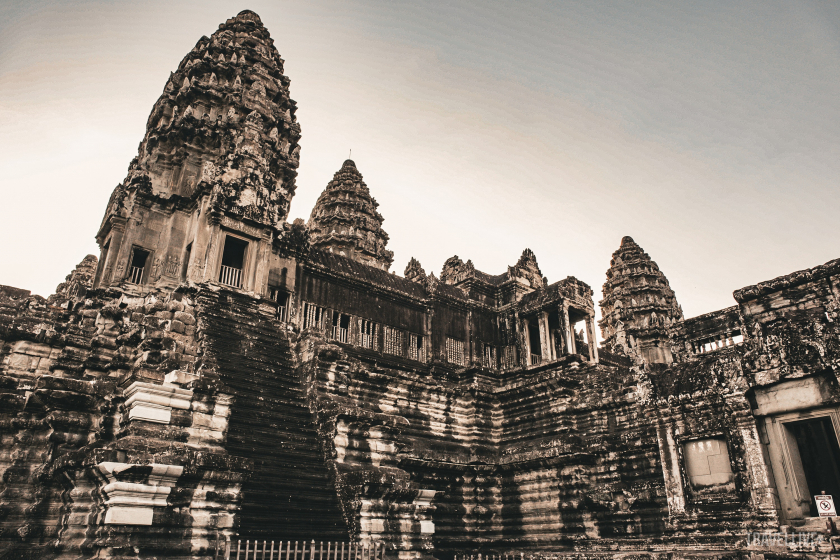
The magic of Angkor Wat never fails to amaze us.

On the walls surrounding Angkor Wat, Khmer kings carved elaborate reliefs, recounting battles and the lifestyle of the ancient Angkorians. This is considered an invaluable research document that they left for posterity.

There are a huge number of exquisite sculptures of Apsara goddesses here.
After lunch, we began exploring the central temples at Angkor Wat. The centerpiece of the temple is a complex of five towers, with a central tower and four at the four corners of the square. Unlike other Angkorian temples, Angkor Wat faces west, and there is no consensus on the significance of this. The temple is admired for its grandeur and harmony of architecture, the richness of its sculptures, and the large number of deities adorning its stone walls.
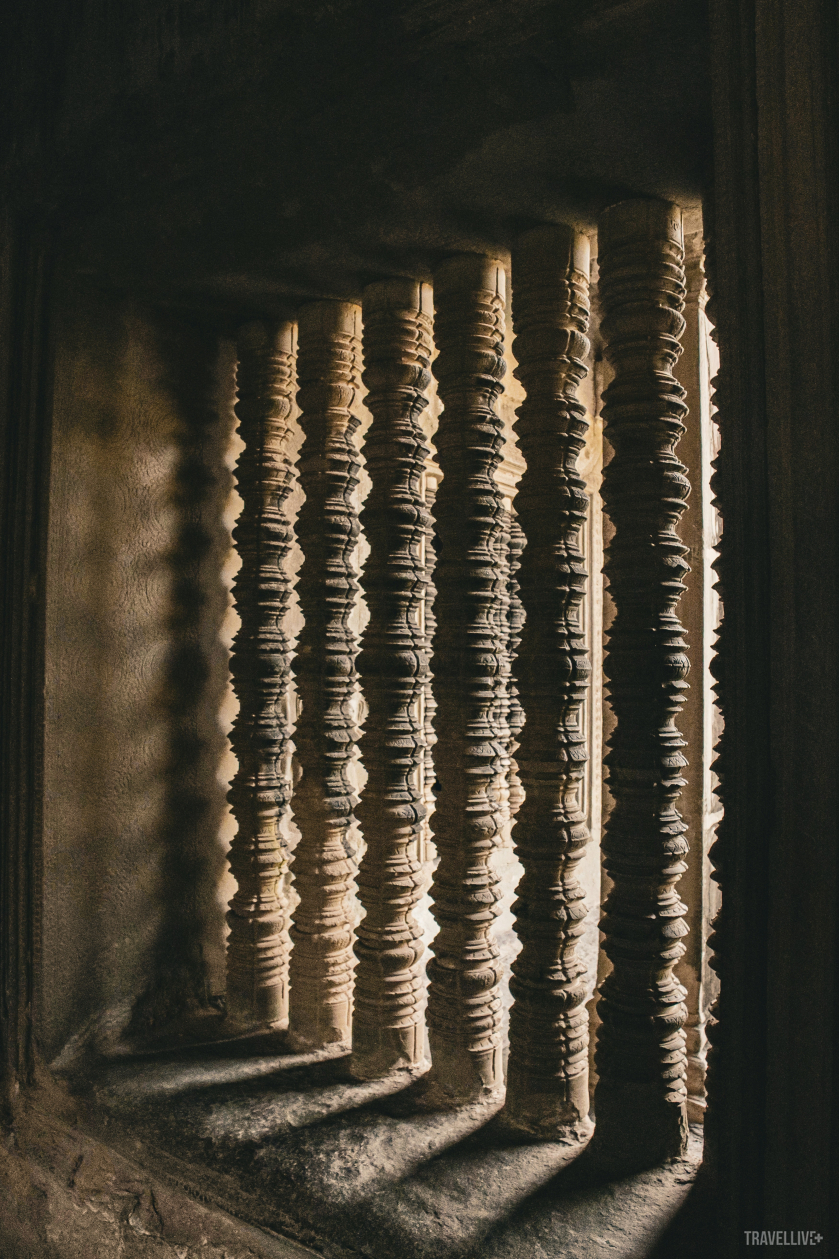
The gentle afternoon sunlight filters through the windows at Angkor Wat
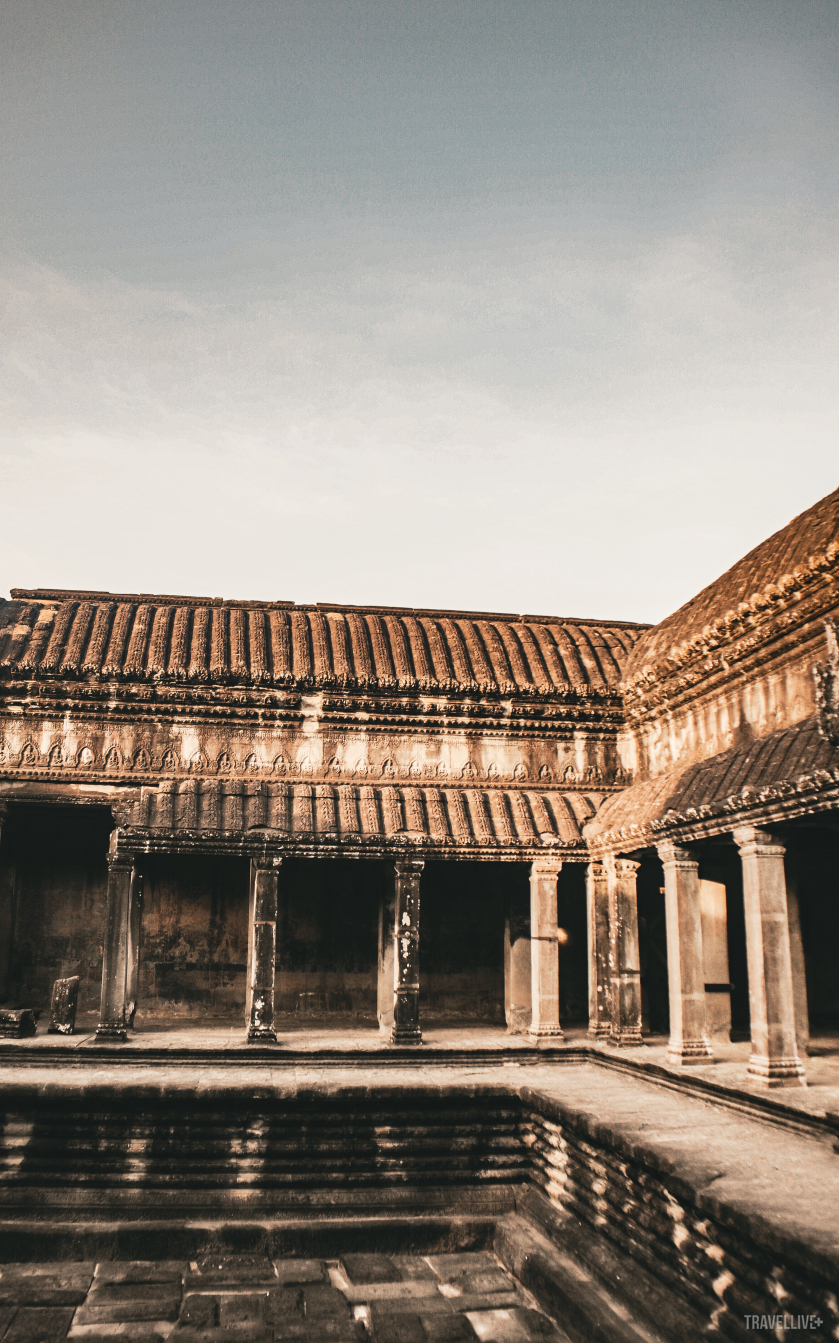
Even though Angkor Wat attracts a lot of tourists, it is not difficult to find tranquility and peace in many corners here.
About Angkor tourism:Traveling to Cambodia from Ho Chi Minh City is quite convenient and easy. You will take a bus from Ho Chi Minh City, through Moc Bai border gate (Tay Ninh), to the capital city of Phnom Penh. From Phnom Penh, you will take a sleeper bus to Siem Riep. Siem Riep is the capital of the Angkor Complex and the pristine and peaceful Tonle Sap Lake.
About the author:Gia Thinh, a writer on cultural geography, currently lives and works in Ho Chi Minh City. Thinh is a storyteller, through articles, photo collections or reports. The author's stories are very personal shares from his personal perspective and feelings during his journeys everywhere.



























